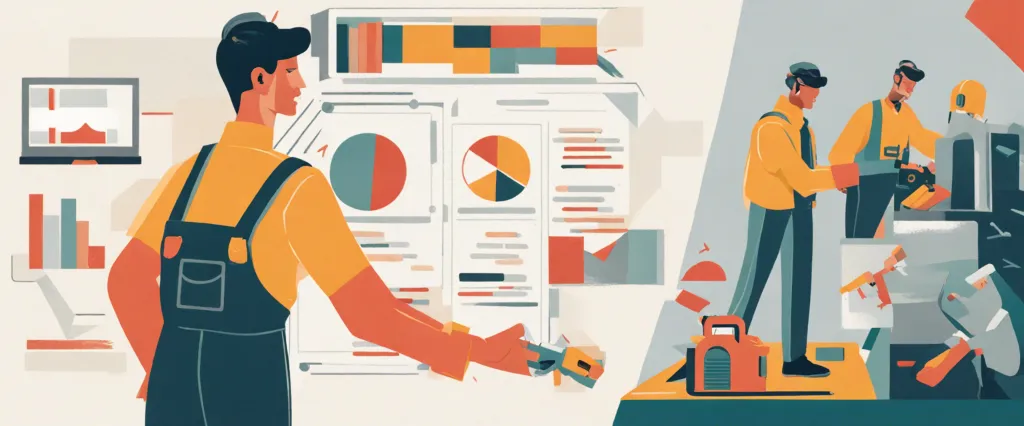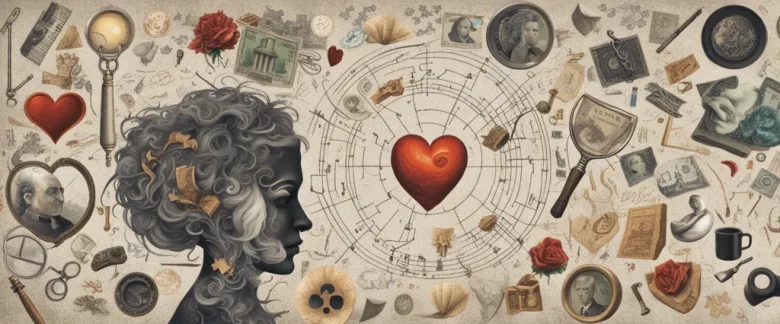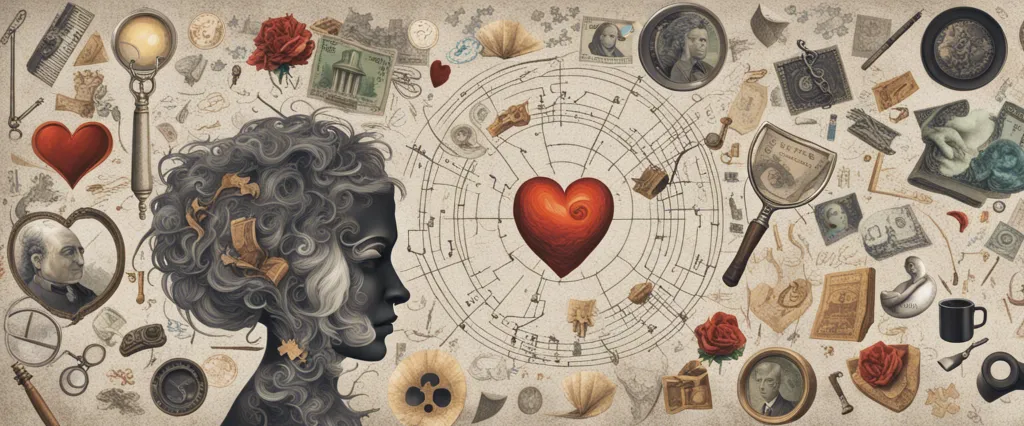In his transformative book,The Tools by Phil Stutz acclaimed psychiatrist Phil Stutz unveils a groundbreaking approach to achieving personal success and overcoming life’s challenges. Drawing on decades of experience helping individuals unlock their full potential, Dr. Stutz introduces his powerful psychological tools designed to empower individuals to navigate adversity and forge a path towards greater fulfillment. With a profound understanding of human psychology, Stutz has become a sought-after advisor to renowned figures, including CEOs, Olympians, and Hollywood stars. By incorporating his expertise into “The Tools,” he equips readers with the invaluable knowledge needed to overcome self-limiting beliefs and kickstart a journey of personal growth.
Chapter 1: Introduction to the transformative power of “The Tools.”
Chapter 1 of “The Tools” by Phil Stutz introduces readers to the transformative power of “The Tools” – five psychological techniques designed to help individuals overcome their limitations and achieve personal growth. The chapter begins by emphasizing the prevalence of self-doubt, anxiety, and other psychological barriers that hinder people from living their best lives.
The first tool is “The Reversal of Desire,” which suggests that embracing our most negative traits and desires can actually lead to growth. By acknowledging our dark side and not denying it, we can use these negative traits as a source of strength and transformation.
The second tool is “Active Love,” which entails a practice of embracing love and showing it wherever we go. Active love encourages individuals to approach others with compassion and understanding, even in difficult situations, thereby transforming relationships and our own mentality.
The third tool is “Inner Authority,” which states that true confidence comes from accessing an inner voice, or inner authority, that guides us in making the right decisions. By connecting with this internal compass, we can overcome fears and uncertainty, allowing us to move forward with clarity and conviction.
The fourth tool, “The Grateful Flow,” focuses on gratitude and appreciation. By actively seeking out and acknowledging the positive aspects of our lives, we can shift our perspective and cultivate a mindset of abundance and happiness.
The final tool is “Jeopardy,” a technique that challenges individuals to confront their fears and take risks. By actively pursuing what we fear most, we can break through limiting beliefs and experience personal growth.
Overall, the chapter introduces readers to the tools that will be explored in depth throughout the book, setting the stage for transformative change by offering psychological techniques to overcome our limitations and achieve personal growth.
Chapter 2: Unleashing the power of the Reversal tool for change
Chapter 2 of “The Tools” by Phil Stutz is titled “Unleashing the Power of the Reversal Tool for Change.” In this chapter, Stutz introduces readers to a powerful tool called the Reversal, which allows individuals to transform their negative experiences and beliefs into positive, life-changing outcomes.
The Reversal tool focuses on embracing the obstacles and setbacks that life presents us with, rather than avoiding or resisting them. Stutz argues that by actively seeking out adversity and looking for the hidden opportunities it provides, we can unlock our full potential for personal growth and change.
To illustrate the power of the Reversal, Stutz shares the story of a client named Penny who was experiencing deep resentment towards her ex-husband. Instead of allowing herself to be consumed by bitterness and anger, Penny took the advice of the Reversal tool and found the strength to forgive her ex-husband for his actions. Through this act of forgiveness, Penny discovered a newfound sense of freedom and was able to move forward with her life.
Stutz goes on to explain that the Reversal is not about merely accepting or rationalizing negative experiences, but rather actively reshaping our perspective to find meaning and purpose in them. By reframing our challenges, we can rewrite our own narratives and create a more positive and empowered future.
Overall, Chapter 2 of “The Tools” provides readers with insight into the transformative nature of the Reversal tool. It encourages individuals to embrace adversity, confront their inner demons, and effectively harness the power of negative experiences to foster personal growth and change.
Chapter 3: Embracing the power of the Active Love tool for connection
Chapter 3 of the book “The Tools” by Phil Stutz is titled “Embracing the Power of the Active Love Tool for Connection.” This chapter focuses on a powerful tool called Active Love and how it can help individuals create deeper connections with others.
The chapter begins with a story where the author encounters a difficult patient named Sara who refuses to talk or connect with him. Frustrated, the author decides to use the Active Love tool, which involves expressing unconditional love and acceptance towards others. He starts to genuinely care for Sara without expecting anything in return.
The author then explains that the Active Love tool is based on the idea that we all have an innate need for connection. By genuinely caring for others, we can activate a deep-seated desire within them to connect with us.
To practice Active Love, the author teaches readers three steps. The first step is to genuinely care, which means accepting the person as they are and focusing on their well-being. The second step is to make contact, which involves reaching out to the person, connecting with their emotion, and empathizing with their experience. The third step is to let go of the outcome and not expect anything in return.
The chapter provides examples of how the Active Love tool can be applied in various contexts, such as relationships, parenting, and professional life. It emphasizes that the key to using this tool effectively is to genuinely care for others without any hidden agendas or expectations.
Overall, Chapter 3 of “The Tools” explores the concept of Active Love and how it can foster genuine connections with others by expressing unconditional care and acceptance. By practicing the principles outlined in this chapter, individuals can enhance their relationships and cultivate deeper connections based on true empathy and understanding.
Chapter 4: Utilizing the Grateful Flow tool for gratitude and abundance

Chapter 4 of “The Tools” by Phil Stutz introduces the Grateful Flow tool, which helps individuals cultivate gratitude and abundance in their lives. The chapter begins by highlighting how focusing on negativity and scarcity can prevent us from experiencing true joy and success. It emphasizes the need to shift our mindset to one of gratitude and abundance, enabling us to attract more positive experiences and opportunities.
The Grateful Flow tool involves setting aside a designated daily time to reflect on what we are grateful for. This exercise helps break the cycle of negative thinking and trains our minds to seek out positive aspects in our lives. The author encourages readers to start with simple things, like a beautiful sunset or a warm cup of coffee, gradually expanding the scope to more significant aspects such as relationships and achievements.
Stutz suggests using a physical trigger, such as a gratitude stone, to anchor the practice. Holding it serves as a reminder to pause and engage with the grateful flow. The technique involves mentally visualizing the gratitude flowing into our bodies and radiating outwards, filling our surroundings with positive energy.
Furthermore, the chapter emphasizes the importance of expressing gratitude to others, as this not only enhances our relationships but also expands our sense of abundance. Stutz recommends writing letters of gratitude or personally thanking people, acknowledging and appreciating the impact they have had on our lives.
By practicing the Grateful Flow tool, individuals can gradually shift their mindset, redirecting their focus from scarcity to abundance. They begin to attract more positive experiences, fostering a state of joy and contentment. Ultimately, integrating this tool into daily life can lead to a more fulfilled and abundant existence.
Chapter 5: Harnessing the Jeopardy tool to overcome fear and limitations
Chapter 5 of “The Tools” by Phil Stutz is titled “Harnessing the Jeopardy Tool to Overcome Fear and Limitations.” In this chapter, the author introduces a powerful tool called Jeopardy, which helps individuals confront their fears and limitations head-on, enabling them to make significant personal progress.
The Jeopardy tool involves creating a situation where failure or negative consequences are imminent. It involves putting oneself in a challenging, uncomfortable position deliberately to overcome inhibitions and self-doubt. By willingly exposing oneself to jeopardy, individuals can break free from their self-imposed limitations and overcome their deepest fears.
The chapter begins with a case study of a woman named Maria, who is afraid of pursuing her passion for writing due to fear of rejection. Through the guidance of her therapist, she uses the Jeopardy tool by sending her work to publishers without any expectation of success. This exercise forces Maria to face her fear of rejection and gradually desensitize herself to it, allowing her to move forward and embrace her ambition.
The author emphasizes that the Jeopardy tool works by engaging the survival instinct, as it triggers a fight-or-flight response. By priming the mind and body for action, individuals become less inhibited and more focused on achieving their goals. The tool empowers individuals to confront their fears instead of allowing them to hold them back.
Ultimately, the Jeopardy tool is a profound technique that helps individuals overcome fear and self-imposed limitations. By willingly creating situations where failure is possible, individuals can confront their fears head-on and develop the resilience necessary to pursue their aspirations.
Chapter 6: Embodying the Inner Authority tool for self-empowerment
Chapter 6 of The Tools by Phil Stutz is titled “Embodying the Inner Authority,” and it introduces a powerful tool for self-empowerment. This tool helps individuals tap into their inner strength and wisdom to overcome obstacles and achieve their goals.
The chapter begins by highlighting the importance of recognizing and cultivating one’s inner authority. According to Stutz, everybody possesses a unique source of power within themselves, which can be referred to as their inner authority. This inner voice serves as a guide, offering insights and inspiration to navigate life’s challenges successfully.
Stutz then explains how to tap into this inner authority through a specific visualization exercise. The exercise requires individuals to imagine a figure that epitomizes their inner authority and embodies their highest sense of power. This figure is visualized as strong, confident, and unapologetically authentic.
Through the visualization, individuals are encouraged to merge with this figure, embodying its qualities and characteristics. This process allows them to access their own inner authority and invoke it whenever they face difficulties or doubts.
Stutz emphasizes that embodying the inner authority is an ongoing practice. By consistently connecting with this source of power, individuals gain the ability to confront and overcome obstacles, fears, and limiting beliefs. This tool helps them step into their own greatness and live life with purpose and confidence.
In summary, Chapter 6 of The Tools introduces the tool of embodying the inner authority for self-empowerment. By visualizing and merging with a powerful figure that represents their inner authority, individuals learn to access their own strength and wisdom. This practice enables them to overcome obstacles, embody authenticity, and live a more empowered and fulfilled life.
Chapter 7: Applying the Two Chairs tool for resolving inner conflicts
Chapter 7 of “The Tools” by Phil Stutz introduces the Two Chairs tool, which is a powerful technique for resolving inner conflicts. The chapter begins with a story about a woman named Connie who is struggling with conflicting desires: she wants both to build a successful career and to have a fulfilling personal life. Connie’s inner conflicts are causing her significant stress and holding her back from making progress in either area.
The Two Chairs tool involves imagining two chairs placed in front of each other. In this exercise, one chair represents the part of yourself that is holding you back, while the other chair represents the part of yourself that is pushing you forward. The key is to physically move back and forth between the two chairs, engaging in a dialogue with these conflicting parts.
By moving between the chairs, people discover that there is a hidden positive purpose behind their self-sabotaging behavior. In Connie’s case, she uncovers her fear of intimacy and her fear of rejection as the underlying reasons for her conflicts. Through this process of inner dialogue, she gains clarity about her fears and is able to address them directly.
The chapter explores the idea that inner conflicts are often rooted in unresolved emotions from the past. Phil Stutz suggests that the Two Chairs technique can help individuals heal these emotional wounds by acknowledging and processing their underlying pain. This leads to a shift in perspective and a release of the self-limiting beliefs that have been holding them back.
Overall, Chapter 7 demonstrates how the Two Chairs tool can help individuals identify and resolve inner conflicts by engaging in dialogue with their conflicting parts and uncovering hidden emotions. This technique provides a tool for personal growth and transformation, helping individuals overcome their resistance and take positive action in their lives.

Chapter 8: Integrating the Life Force tool for vitality and purpose
In Chapter 8 of “The Tools” by Phil Stutz, the focus is on integrating a powerful tool called the Life Force to thrive with vitality and purpose. The Life Force tool allows individuals to tap into their inner energy and use it to overcome obstacles and achieve their goals.
The chapter begins with a story about a woman named Sara, who feels trapped in a monotonous job. Despite her initial resistance, she agrees to use the Life Force tool to break free from her stagnation. The tool involves visualizing a physical entity that embodies her energy, represented by a powerful, majestic animal. This visualization helps Sara reconnect with her vitality and passion, and she starts taking actions to improve her career path.
The authors emphasize that the Life Force tool is not about wishful thinking or relying solely on external factors. It is about recognizing and engaging with the internal energy, which can provide the motivation and stamina needed to handle challenges. By tapping into this force, individuals can overcome self-doubt, fear, and limitations.
Furthermore, the authors explain how the Life Force tool transcends the individual, encouraging a broader perspective on life. They propose that every person has a unique contribution to society and the world, and accessing their Life Force can help them find purpose and make a meaningful impact.
In conclusion, Chapter 8 of “The Tools” explores the integration of the Life Force tool as a means to enhance vitality and purpose. By harnessing and directing one’s inner energy, individuals can break free from limitations, find meaning in their endeavors, and make a positive difference in the world.
After Reading
In conclusion, “The Tools” by Phil Stutz is a transformative guide that presents practical techniques and psychological tools to help individuals overcome inner obstacles and achieve personal growth. By combining mindfulness, visualization, and other powerful exercises, Stutz empowers readers to confront their fears, overcome pain, and unleash their true potential. This book encourages readers to take control of their lives, build resilience, and create meaningful connections with others. Through engaging anecdotes and clear instructions, Stutz provides an empowering roadmap for personal transformation, encouraging readers to harness their own inner power to live a more fulfilling and meaningful life.
1. The Power of Now” by Eckhart Tolle: Like “The Tools,” this book focuses on self-improvement and personal transformation. Tolle explores the concept of living in the present moment and the power it holds to alleviate anxiety, stress, and unhappiness.
2. The Four Agreements” by Don Miguel Ruiz: This book offers practical tools for personal freedom and self-mastery. It shares four powerful agreements that can transform one’s life, leading to personal growth, happiness, and fulfillment.
3. Man’s Search for Meaning” by Viktor E. Frankl: This autobiographical book delves into the human search for purpose and meaning. Frankl, a Holocaust survivor, explores how finding meaning in life can help transform suffering into personal growth and resilience.
4. Atomic Habits” by James Clear: Similar to “The Tools,” this book provides practical strategies for personal development and achieving goals. Clear emphasizes the power of small habits and incremental changes that can lead to significant transformations in various aspects of life.
5. The Happiness Advantage” by Shawn Achor: Achor, an expert in positive psychology, presents research-based strategies for achieving happiness and success. This book offers practical tools to navigate life’s challenges, cultivate a positive mindset, and create greater well-being.




